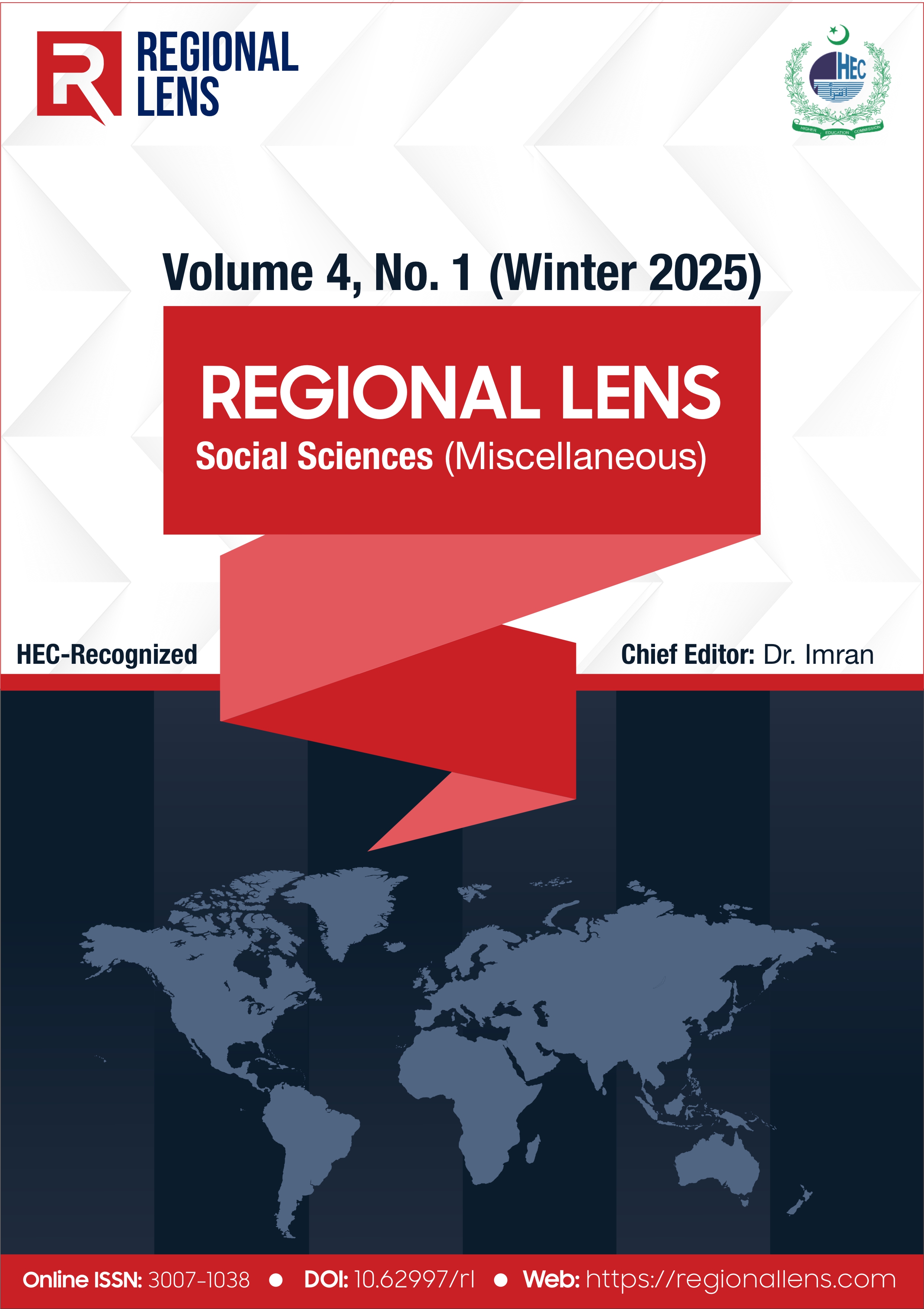Prevalence and Demographic Differences in Harassment Tendency among University Students
DOI:
https://doi.org/10.55737/rl.2025.41101Keywords:
Harassment, Prevalence, University of Gujrat, Non-Probability SamplingAbstract
The current research was conducted to measure the prevalence and demographic differences in harassment tendency among university students. Cross-sectional research design was used in this study to measure the prevalence. The non-probability convenient sampling technique was used to select the sample size. The age of the students ranges between 17-26 years. The 620 students (310 males & 310 females) were assessed on harassment tendency through Harassment Tendency Scale (Mobeen & Bano, 2022). Equal number of male students (50%) and female students participated in the study (50%), the majority (65.3%) reported moderate harassment tendency. Only a small percentage (9.7%) fell into the high tendency category, while a quarter of the students 25% had a low tendency. Independent t-test results shows that female reported significantly higher harassment tendency score (M=59.95) as compared to male students (M=42.65). Rural students (M=53.58) have a higher harassment tendency score as compared to urban students (39.21). Harassment-related experiences, particularly encounters tied to identity, emotional, mental and physical health outcome.




